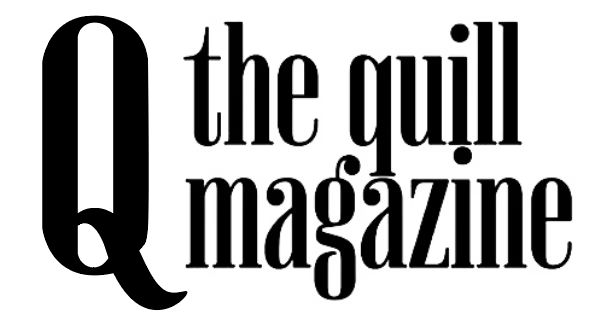Former FBI Agent Breaks Down the Biggest Body Language Myths About Lying!

We all know that body language Myths can speak volumes, often revealing emotions or thoughts that someone may not express verbally. But when it comes to detecting lies, many people rely on commonly held myths about body movements and gestures. However, former FBI agent and body language expert Joe Navarro is here to clear up some of the biggest misconceptions. According to Navarro, some common assumptions about body language especially those linked to deception—are simply untrue.

Myth 1: Crossing Your Arms Means You Don’t Like Someone
A widely held belief is that when a person crosses their arms, they are indicating defensiveness or that they don’t like you. Many people interpret this as a “blocking behavior,” but Navarro disagrees. He calls this assumption “nonsense.”
According to Navarro, crossing your arms is actually a form of self-soothing. He explains that it’s like giving yourself a hug, offering comfort myths in moments of uncertainty or while simply waiting for something to happen. “When you’re sitting at a movie, or even when you’re waiting for someone, you’re likely to cross your arms,” he says. Interestingly, people tend to do this more in public than when they’re alone, which reinforces the idea that it’s not about disliking someone but about seeking comfort.
Myth 2: Looking Around While Processing Information Means You’re Lying
Many believe that when someone looks away or shifts their gaze while talking, especially when asked a tough question, they may be lying or being deceptive. But according to Navarro, this is another myth.
“When we think about something, we may look in a certain way as we process the information,” Navarro explains. Looking around is myths simply a natural behavior as our brains organize thoughts and recall memories. It’s not a sign of dishonesty. “It’s certainly not indicative of deception, and it really shouldn’t be used that way,” he adds. People often look around to better process information or to recall details, not because they’re fabricating something.

Myth 3: Touching Your Face or Clearing Your Throat Means You’re Lying
There’s a popular belief that behaviors like touching your face, clearing your throat, or covering your mouth are signs of lying. Many people associate these actions with trying to hide the truth. However, Navarro firmly dismisses this theory.
“These behaviors are simply pacifying or self-soothing actions,” he explains. Just like crossing your arms, people touch their face or clear their throat to calm themselves in stressful situations. Navarro points out that there’s no “Pinocchio effect” where physical signs myths indicate deception. In fact, he argues that anyone claiming to detect lies based on these behaviors is simply indulging in “sheer nonsense.”
According to Navarro, human beings are generally not great at detecting deception, and relying on these small gestures is not a reliable way to determine if someone is lying.

What Navarro Looks for When Assessing Body Language
While many commonly believed body language cues are unreliable for detecting lies, Navarro does have his own methods for reading people’s behavior. When assessing someone, he pays close attention to specific areas of the face and neck for clues.
One of the first things Navarro looks at is the glabella, the area of skin between the eyebrows. He explains that this part of the face can provide useful information because it’s often one of the first places emotions are expressed. If there’s tension or sudden changes in this area, it could signal stress or discomfort.
Additionally, Navarro focuses on the neck and head myths movements, particularly the head tilt. A person who tilts their head slightly while speaking is usually more relaxed, which can indicate openness and a willingness to communicate. However, when the head tilt disappears, it can signal that something has changed—perhaps the person is feeling uncomfortable or even trying to hide something.

Why We Need to Rethink Body Language Myths
As Navarro points out, the popular myths around body language and lying often mislead people into making assumptions about others. The truth is that detecting lies through body language is far more complicated than just looking for a few telltale signs like crossing arms or touching the face.
In reality, body language is highly individual and context-dependent. Different people may exhibit the same behaviors for completely different reasons. And while body language can give us clues about how someone is feeling, it’s not a surefire way to determine if they’re being truthful.
Navarro’s expertise highlights the importance of context and the need to look beyond simple gestures when assessing body language. Instead of jumping to conclusions, it’s better to observe the overall picture—taking into account the person’s behavior, facial expressions, and other nonverbal cues in combination with what they’re saying.
The Truth About Body Language
Joe Navarro’s insights into body language offer a refreshing and scientific approach to understanding human behavior. While body language can be a valuable tool for reading people, it’s important to remember that not all gestures mean the same thing. Crossing your arms or touching your face doesn’t automatically signal that someone is lying, and it’s crucial to avoid making snap judgments based on myths.
Ultimately, body language is about much more than just spotting deception—it’s about understanding how people express emotions, thoughts, and feelings in subtle ways. By reconsidering these myths, we can better interpret the true meaning behind the movements and actions of those around us.






